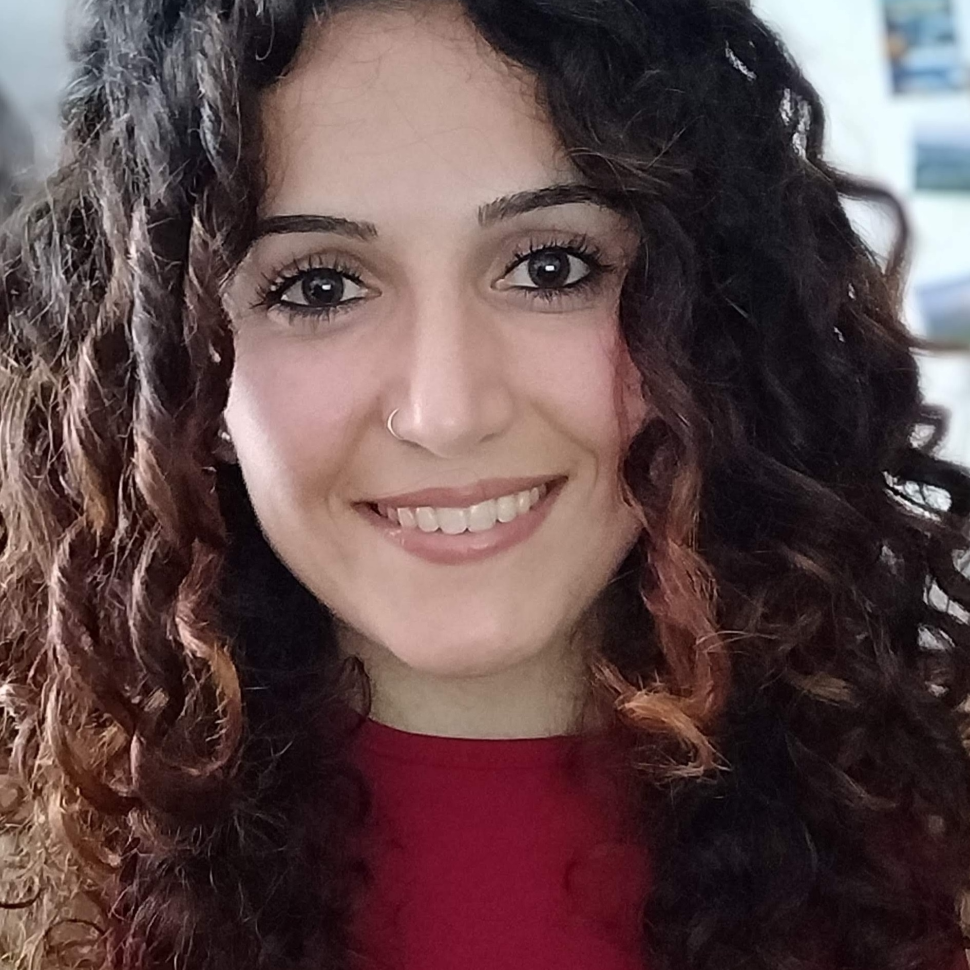Oct 06, 2020
DNA Extraction from FANS sorted nuclei
- Stefania S Policicchio1,
- Jonathan P Davies1,
- Barry Chioza1,
- Aaron Jeffries1,
- Joe Burrage1,
- Jonathan Mill1,
- Emma L Dempster1
- 1University of Exeter Medical School, Exeter, UK
- Neurodegeneration Method Development Community
- Complex Disease Epigenetics Group

External link: https://doi.org/10.1038/s41467-022-33394-7
Protocol Citation: Stefania S Policicchio, Jonathan P Davies, Barry Chioza, Aaron Jeffries, Joe Burrage, Jonathan Mill, Emma L Dempster 2020. DNA Extraction from FANS sorted nuclei. protocols.io https://dx.doi.org/10.17504/protocols.io.bmpmk5k6
Manuscript citation:
Shireby G, Dempster EL, Policicchio S, Smith RG, Pishva E, Chioza B, Davies JP, Burrage J, Lunnon K, Vellame DS, Love S, Thomas A, Brookes K, Morgan K, Francis P, Hannon E, Mill J, DNA methylation signatures of Alzheimer’s disease neuropathology in the cortex are primarily driven by variation in non-neuronal cell-types. Nature Communications doi: 10.1038/s41467-022-33394-7
License: This is an open access protocol distributed under the terms of the Creative Commons Attribution License, which permits unrestricted use, distribution, and reproduction in any medium, provided the original author and source are credited
Protocol status: Working
We use this protocol and it's working
Created: September 24, 2020
Last Modified: October 06, 2020
Protocol Integer ID: 42445
Abstract
Here we describe an optimised protocol for the extraction of genomic DNA from frozen nuclei samples collected from different neural cells using Fluorescence-assisted Nuclei Sorting (FANS) of post mortem human brain. The same protocol is also suitable for DNA extraction from cells allowing optimal recovery in terms of DNA purity and yield.
Materials
Reagents required
- Slagboom buffer (50mL):
10x STE buffer (5mL)
5% SDS (5mL)
Water (40 mL)
- RNAase A (stock concentration: 10mg/ml)
- Proteinase K (stock concentration: 20 mg/mL)
- Majiik mix (1:1 ratio yeast Reagent 3 (Autogen Bioclear, Caine, Wiltshire, UK) + 100% ethanol)
- 100% Isopropanol
- 80% Ethanol
- TE or water
Note
NOTE- Slagboom buffer can be made in advance while 80% Ethanol should be prepared fresh the same day.
DNA extraction from FANS purified nuclei
DNA extraction from FANS purified nuclei
Defrost frozen FANS sorted nuclei contained in a 1.5ml eppendorf tube On ice
Note
NOTE 1-2 nuclei aliquots (~200,000 nuclei/tube) per each nuclei population should yield between 300-500ng DNA).
To each sample add either 250µL / 500µL/ 1mL of Slagboom buffer (SB) depending on size of cell pellet. Normally 250µL is sufficient for 200,000 nuclei aliquot or 1x106 cells
Add 500µL of SB to each nuclei sample (if nuclei pellet)*
Note
* If nuclei are stored in running buffer: calculate the volume of 10x STE and 5% SDS to add to each sample to be consistent with the composition of SB (1x STE; 0.5% SDS).
e.g. If you have collected a 400µL sample you would add 50µL 10x STE and 50µL 5% SDS to make the sample up to 500µL
Add 1µL of RNase A per 500uL buffer
Incubate at 37 °C for 00:45:00 (using a heat block)
Add proteinase K to a final concentration 2mg/mL (e.g 5µL for every 500µL of SB)
Mix by inverting 10 times (do not vortex or pipette mix)
Incubate at 60 °C for 01:00:00 (water bath)
Move samples from the water bath and leave at Room temperature for 00:05:00
Briefly spin down tubes (pulse spin)
For every 500µL of SB used, add 100 µL of Majiik Mix (e.g. 200 µL for 1 mL of SB)
Mix by vigorous inversions (DO NOT vortex)
Centrifuge at 17000 x g for 00:10:00 at Room temperature
Carefully recover supernatant and transfer it to a new labelled 1.5ml tube (leaving ~50µL at the bottom of the tube)
Repeat step above by adding another 100µL of Majiik Mix to the new tube
Mix by vigorous inversions (DO NOT vortex)
Centrifuge at 17000 x g for 00:10:00 Room temperature
Recover supernatant and transfer to a new labelled 1.5ml tube leaving ~50ul at the bottom of the old tube.
Note
NOTE - If supernatant exceeds 1mL, split into 2 tubes
Add an equal volume of 100% Isopropanol to each tube (e.g. 1mL supernatant + 1 mL 100% Isopropanol)
After adding the Isopropanol, add 0.7-1µL Glycogen Blue per tube (this step is optional – but advised as it helps to visualize DNA pellet at the end)
Mix by inversion (10 times)
Centrifuge at 17000 x g for 00:15:00 at Room temperature (hinges of tubes facing upwards)
Carefully remove supernatant and discard
Note
NOTE - Care must be taken when pouring supernatant since the DNA pellet only weakly adheres to the side of the tube
Proceed by adding 500µL of 80% ethanol to each tube
Mix gently by pipetting
Centrifuge at 17000 x g for 00:05:00 at Room temperature
Carefully discard supernatant
Pulse centrifuge to collect remaining liquid at the bottom of the tube
Recover and discard residual liquid from the bottom of the tube making sure not to disturb the DNA pellet
Leave DNA pellets to air dry for 5-15 minutes (leave lids open)
Note
OPTIONAL - Leave to dry for additional 00:10:00 at 37 °C but be careful not to over-dry pellets
Resuspend pellet in 20uL of ddH2O or 1xTE (15µL per tube if expected very low yield). Avoid pipette mixing, only gently flicking
Pulse spin tubes to help pellet resuspend/ dislodge from the tube wall
Leave tubes at 4 °C overnight to fully resuspend before quantifying DNA samples (Nanodrop or Qubit measurements).
